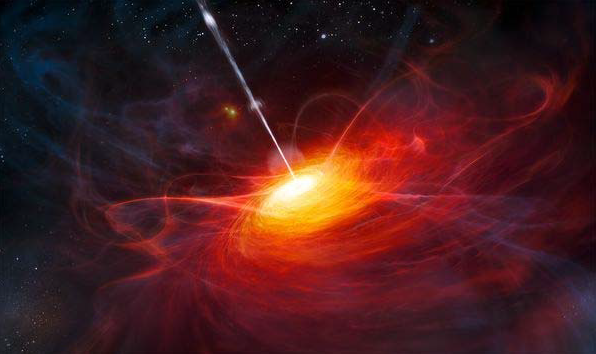
Abstract: Active Galactic Nuclei (AGN), powered by mass accretion onto a massive black hole, are among the most luminous objects in the universe. A characteristic property of AGN is the variability of their brightness. I will show how those variations which are seen for the continuum strength and for the emission line flux as well, can be used to determine the size and structure of the otherwise unresolved innermost emission line region and how it allows to measure the mass of the central super-massive black hole. Based on reverberation studies it has become possible to estimate black hole masses of AGN and quasars up to redshifts of z=7, i.e. to an epoch when the universe was less than one billion years old. This enables us to study the formation and evolution of super-massive black holes. Combined with studies on the variability of so-called broad-absorption line quasars a better understanding of the accretion process and hence the physics how black holes are growing, can be achieved. The results of such studies will also provide important implications for an improved understanding of the formation and evolution of the host galaxy and even the enrichment of the intergalactic medium.

